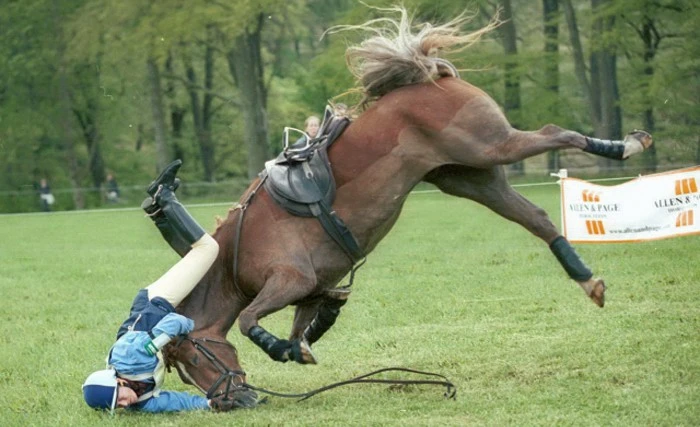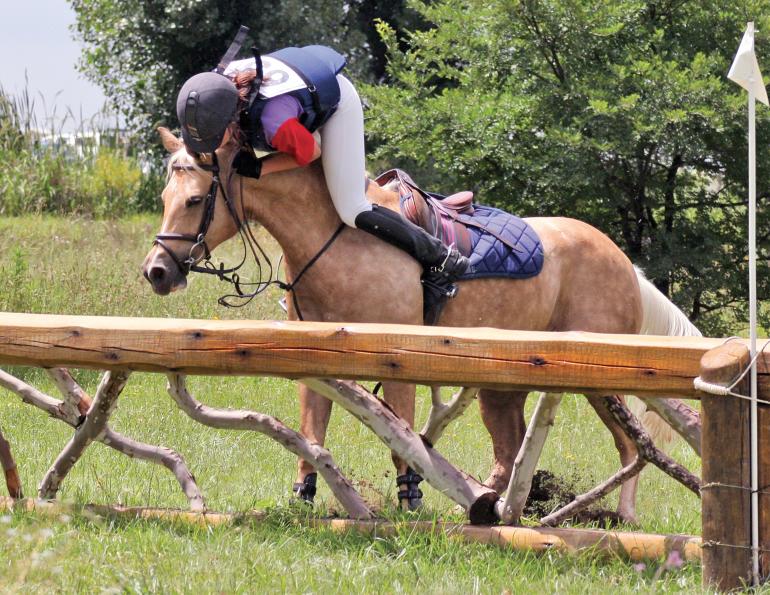Preventing and Managing Riding-Related Injuries: Ensuring Orthopedic Health for Horse Riders
Orthopedic Health for Horse Riders: Enjoy the thrilling activity of horse riding while being mindful of the risks of orthopedic injuries. In this article, we’ll explore some tips for preventing and managing riding-related injuries to ensure the safety and well-being of horse riders.

Introduction to Orthopedic Health for Horse Riders
Engaging in horse riding can be both exhilarating and physically demanding. Riders often rely on their musculoskeletal system to maintain balance, stability, and control while on horseback. However, the repetitive movements and impact associated with riding can lead to various orthopedic issues if proper precautions are not taken.
Preventing Injuries When Riding a Horse
Prevention is key when it comes to avoiding riding-related injuries. Here are some essential tips for staying safe in the saddle:
- Proper Warm-Up: Always start your riding session with a warm-up routine to prepare your muscles and joints for activity.
- Wear Protective Gear: Invest in quality riding gear, including a helmet, riding boots, and protective vests, to minimize the risk of injury in case of a fall.
- Maintain Proper Posture: Maintain a balanced and aligned posture while riding to distribute weight evenly and reduce strain on your spine and joints.
- Strengthen Core Muscles: Strengthening your core muscles, including the abdominals and back muscles, can improve stability and balance on the horse.
- Gradual Progression: Avoid pushing yourself or your horse beyond your limits. Gradually increase the intensity and duration of your rides to allow your body to adapt.

The Role of Core Muscles in Riding
The core muscles play a crucial role in horse riding, as they provide stability and support to the rider’s spine and pelvis. Engaging the core muscles helps riders maintain an upright posture and absorb the movement of the horse, reducing the risk of back injuries. Exercises that target the core, such as planks, bridges, and pelvic tilts, can help strengthen these muscles and improve riding performance.
Avoiding Common Mistakes
In addition to following preventive measures, riders should be mindful of common mistakes that can increase the risk of injury:
- Overreaching: Avoid reaching too far for the reins or stirrups, as this can strain your shoulders, back, and hips.
- Riding with Tense Muscles: Tension in the muscles can lead to stiffness and discomfort. Practice relaxation techniques to stay calm and supple in the saddle.
- Ignoring Pain Signals: Pay attention to any signs of discomfort or pain during riding. Ignoring these signals can lead to further injury and long-term issues.

Understanding the Risks of Horse Riding
Despite taking precautions, horse riding carries inherent risks, including falls, collisions, and overuse injuries. Common riding-related injuries include:
- Fractures and Dislocations: Falls from the horse or being kicked by a horse can result in fractures or dislocations of the bones and joints.
- Soft Tissue Injuries: Overuse or sudden movements can cause strains, sprains, and tears in the muscles, ligaments, and tendons.
- Spinal Injuries: Impact from falls or repetitive riding motions can lead to spinal injuries, such as herniated discs or vertebral fractures.
Managing Riding-Related Injuries
In the event of an injury, it’s essential to seek prompt medical attention and follow appropriate treatment protocols. Treatment may include rest, immobilization, physical therapy, and in some cases, surgical intervention. Rehabilitation exercises can help restore strength, flexibility, and function to the injured area, allowing riders to return to their equestrian activities safely.
Conclusion
By prioritizing orthopedic health and implementing preventive measures, horse riders can enjoy the benefits of this rewarding activity while minimizing the risk of injuries. Whether you’re a novice rider or an experienced equestrian, taking care of your musculoskeletal system is essential for a safe and enjoyable riding experience.
Know More About Riding the Balance: Addressing Rider Health in Equestrian Sports
Orthopedic Health for Pet Owners: Joint Wellness for Pet Owners & Companions
